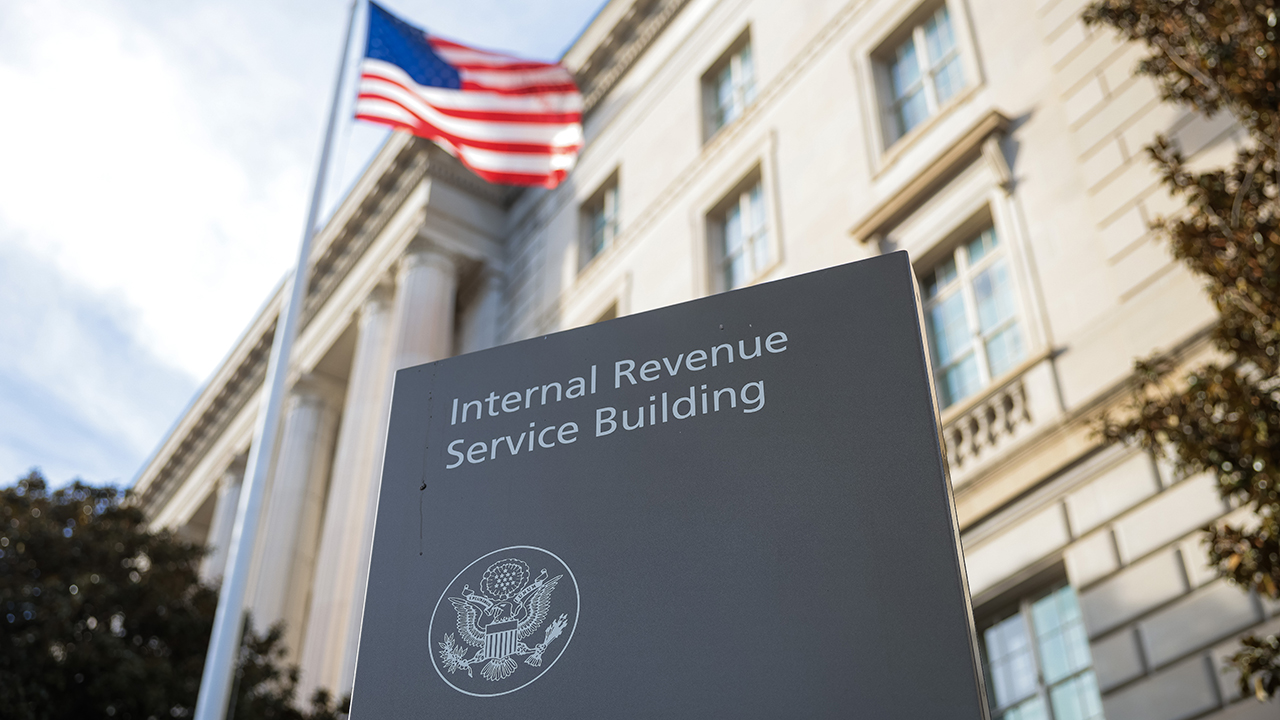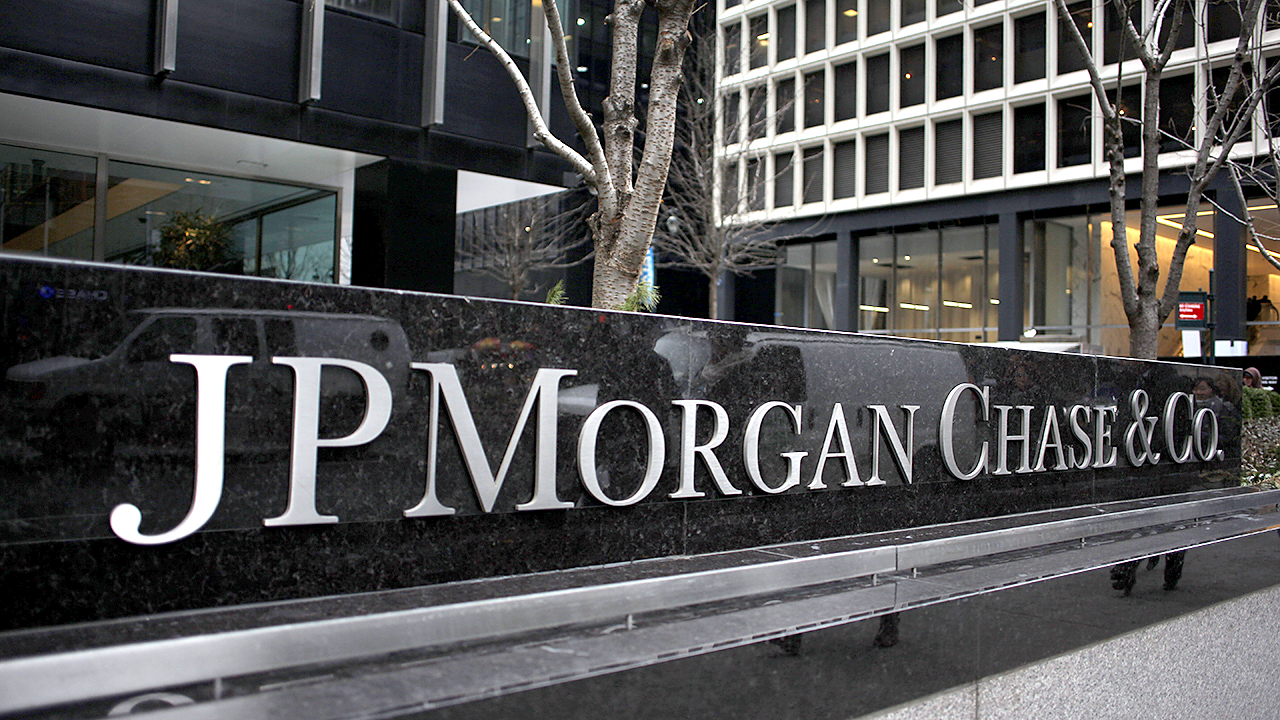Active ETFs: Europe’s Asset Managers Embrace Innovation


| European asset managers are increasingly turning to actively managed exchange-traded funds (ETFs) in response to mounting pressure from low-cost passive vehicles and shifting investor expectations. This transition is driven by the need to revitalise product offerings and maintain relevance in an intensely competitive and evolving financial landscape-
Active ETFs have emerged as a viable solution for managers grappling with weakening demand for traditional mutual funds. With assets under management reaching USD 54 billion by the end of 2024, and expected to double by year-end 2025, their rise is fuelled by investor appetite for liquidity, transparency and alpha in a volatile macroeconomic environment. Reflecting this momentum, several prominent firms have entered the space. Institutional adoption remains modest, with just 27% of large European investors currently using active ETFs. Concerns around performance consistency, cost structures, and regulatory complexity persist. However, a large numbers are considering their use within their portfolios. In parallel, Luxembourg has removed subscription taxes and approved semi-transparent portfolio models in a bid to reassert itself as a leading fund domicile and foster ETF innovation. Such initiatives could help spur growth for this segment. With the European ETF market projected to surpass USD 4.5 trillion by 2030, active ETFs are rapidly consolidating their role as a bridge between active management and operational efficiency even though performance risk and higher costs compared to passive ETFs remain a source of concerns for investors. |
The post Active ETFs: Europe’s Asset Managers Embrace Innovation appeared first on European Business & Finance Magazine.
















































